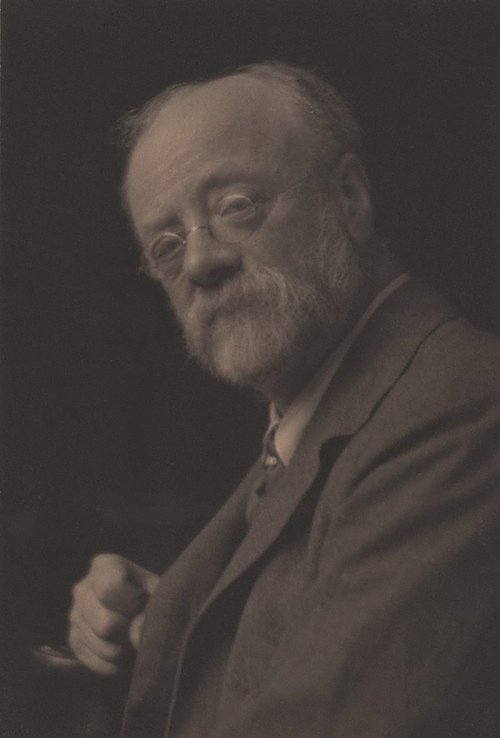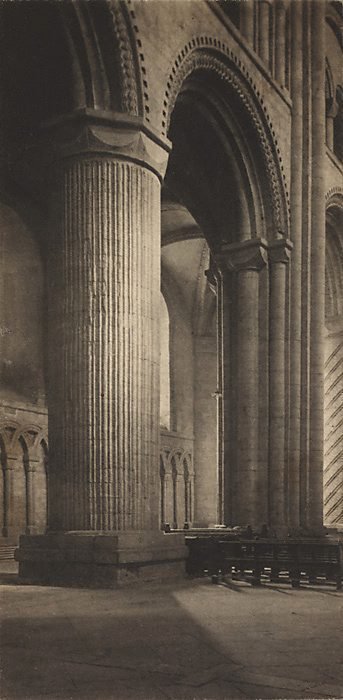Title
A quaint frieze at an old French chateau
circa 1900-circa 1904
Artist
-
Details
- Date
- circa 1900-circa 1904
- Media category
- Photograph
- Materials used
- platinotype photograph
- Dimensions
- 6.2 x 20.9 cm image/sheet; 9.3 x 26.0 cm card; 40.3 x 34.0 cm board
- Signature & date
Not signed. Not dated.
- Credit
- Gift of the Sydney Camera Circle 1977
- Location
- Not on display
- Accession number
- 58.1977
- Artist information
-
Frederick H Evans
Works in the collection
- Share
-
-
About
Englishman Frederick Evans pursued a full-time career in photography after he had retired as a book seller in 1898 at the age of 45. In 1900 he was invited to join The Linked Ring Brotherhood, a group of artistically progressive photographers. His work epitomised the ‘purist’ division of this group: those who defined the art of photography in the creation of a technically perfect negative so that the image would not need alteration during processing. Evans believed this to result from the photographer’s superior sense for composition and lighting, thus avoiding the technical manipulations of certain ‘impressionist’ photographers of the group to achieve artistic effect. His doctrine of pure photography was relatively radical within the context in which he was working.
Evans displayed an abiding preoccupation with architectural subjects. Devoting his attention to focused studies of cathedrals, French chateaux and village buildings, Evans captured the latent majesty of interior space. His photographs articulate a sense of transcendence and trace the modulations of light and atmosphere across time. Evans would spend days in the cathedrals he photographed studying the subtle shifts in his environment. In line with his purist ideals, Evans valorised composition and framing and would carefully set up each shot in situ. To achieve his desired outcome, Evans would often exclude certain elements like the railing on a staircase or focus on a minute detail within a scene. This attention to detail was informed by his experience with photomicrography. Early in his career, Evans made scientific photographs of minute subjects like shells and insect eyes using a microscope.
While he was the most revered architectural photographer of his time, Evans also shot landscapes and still life. These works demonstrate the same understanding of light and composition. It is his photographs of gothic cathedrals, however, that intertwine the aesthetic with the spiritual. Reflecting on his work in 1904, Evans confessed that he would ‘try for a record of emotion rather than a piece of topography’.
-
Exhibition history
Shown in 1 exhibition
The Enigmatic Object, Art Gallery of New South Wales, Sydney, 15 Apr 1997–22 Jun 1997
-
Bibliography
Referenced in 1 publication
-
Judy Annear, The Enigmatic Object, Sydney, 1997.
-



